
Teagasc Crop Report
Crop Report Update Number 9 2025
Crop Report Update Number 9 2025
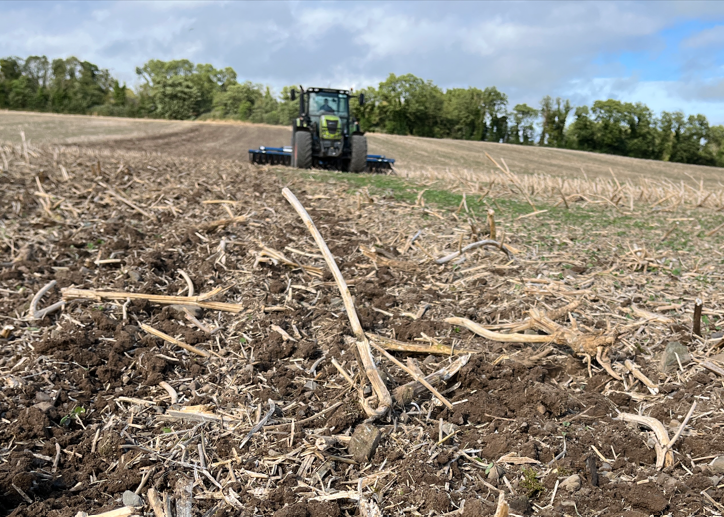
To view the full report you must have an existing account with Teagasc ConnectEd.
Farmers sign in hereAlready have a ConnectEd account? Connected Client or Teagasc staff log in here
Winter Oilseed Rape
Oilseed rape seems to have been one of the success stories of harvest 2025 with most crops yielding over 5 t/ha (2 t/ac) coupled with good prices these crops will leave a good margin for growers this year. With many growers now finishing up the harvest, there will be ample opportunity to drill crops for the 2026 harvest before the end of the month.
Table 1; Winter Oilseed Rape Area and yields
| 2021 | 2022 | 2023 | 2024 | 2025 | |
|---|---|---|---|---|---|
| Area '000 ha* | 10 | 14 | 21 | 15 | 11 |
| Yield (t/ha)** | 4.6 | 4.9 | 4.5 | 4.1 | 5*** |
Notes;
* DAFM figures
** CSO yields
*** 2025 yield estimate

Please create an account to view hidden content
Stubble Management
With the earlier than usual harvest now almost complete it has allowed fields to cleared and ready for autumn management, in many fields now we already see stubbles have been cultivated which has allowed them to green up and trap residual soil nitrogen.
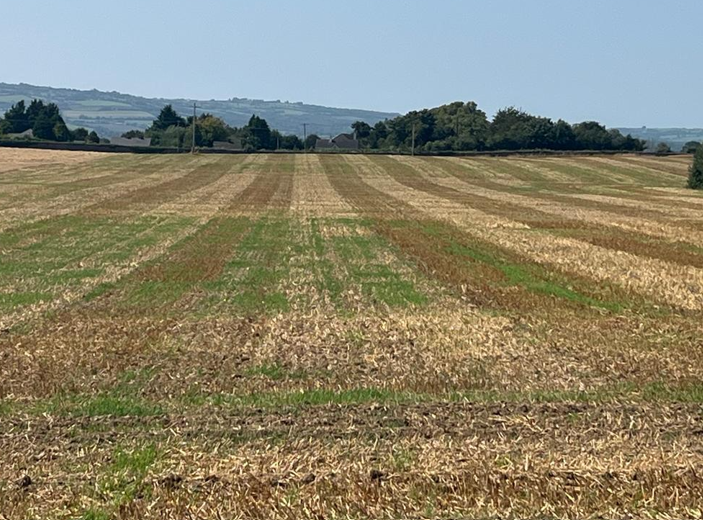
Please create an account to view hidden content
Soils
The early finish to the harvest in most areas will allow any soil structure remediation to take place. Any action that is need is usually best carried out when soils are relatively dry, soil moisture deficits at the moment are anywhere from 5 to 45 mm so check the soil before doing any remediation, subsoiling in wet soils for example will not rectify a compaction issue.
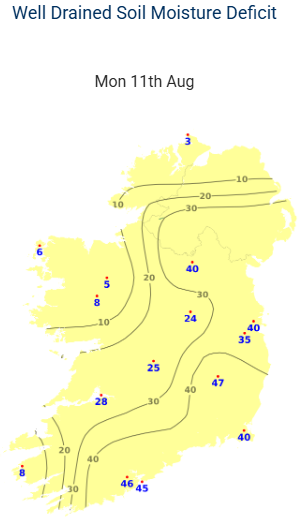
Please create an account to view hidden content
Product Changes 2025
There are a number of product changes to the registration of plant protection products in 2025. Probably most significant among those for cereal growers is the loss of metribuzin which is included in Firebird Met etc. for autumn weed control. Growers and distributors need to be aware of the specific date of final sale and use ensure that you comply with the regulations. Over the coming months go through your store and use up any chemical that is going out of registration otherwise it must be disposed of in accordance to the regulations.
For details of all the chemical changes for 2025 click on the link Product Changes 2025
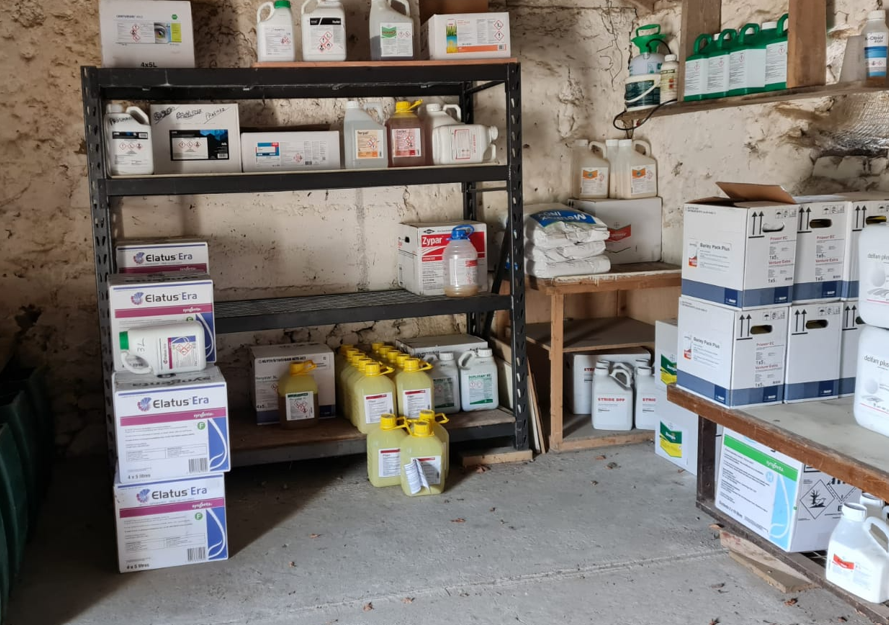
Harvest Update 2025
Harvest 2025 is coming close to the end except for spring beans, spring wheat and spring oats, overall the harvest could be described as a mixed bag with some excellent yields in some areas combined with some disappointing crops in certain circumstances.
Winter Barley - harvest started in the early days of July and while there were some very good yields there were also some disappointing yields too, drier sites growing older varieties like KWS Cassia struggled in the dry conditions. Straw yields were decent with many growers claiming to sell between 13 and 15, 4x4 bales an acre, although some straw was on the ground for a few weeks and these crops didn't bale up as well.
Winter Oilseed Rape - probably one of the standout crops for growers this year most crops yielded over 5.0 t/ha (2.0 t/ac) with some crops yielding substantially more than that. The pigeon grazing in the spring seemed to have a negligible effect on yield and with the good prices compared to cereals it will rival even the best winter wheat crops this year when it comes to margin.
Winter Oats - again some very good reports of yields in oat crops this year, the dry spells experienced in the spring seemed to have little effect on yield, most of the straw was entered into the SIM scheme. However demand for oats is very poor at the moment as most merchants have an over supply due to an overhang of 2024 crop still being in store.
Winter Wheat - for the most part has yielded very well, yellow rust infections don't seem to have impacted yield too much with many farms recording yields in some fields of over 12.5 t/ha (5 t/ac) however not all crops are achieving these type of yields. Straw is being baled and cleared quickly after the combine which is allowing stubble cultivations and cover crops to be drilled.
Spring Barley - again there are some reports of some very good yields as high as 9.5 t/ha (3.8 t/ac) with an odd field yielding even higher than that, but on drier ground some crops were as low as 5 t/ha (2 t/ac). Bushel weights on some of these drier site was low at 60 while some of the grain was difficult to thrash. It was a similar case with malting barley with reports of lower rejections than normal
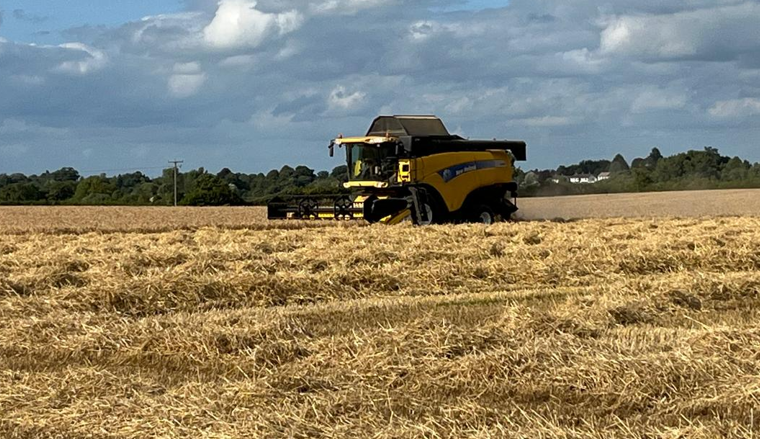
Teagasc Crops Forum 2025
This years crops forum takes place on Wednesday 10th September in the Killashee Hotel Naas @ 2.00pm.
This years forum promises to be a very informative afternoon which is split between two different sessions.
Session 1 will kick off with details of some of the newer varieties of wheat barley and oats that will be available for planting this autumn, there will then be an update on yellow rust in wheat and grassweeds issues including control strategies in after the loss of key active ingredients.
Session 2 will look at the prospects of rye as an option on tillage farms, we will look at collaborative situations between farms and the feed value of rye in ruminant and monogastric feeds. For more details click here.
